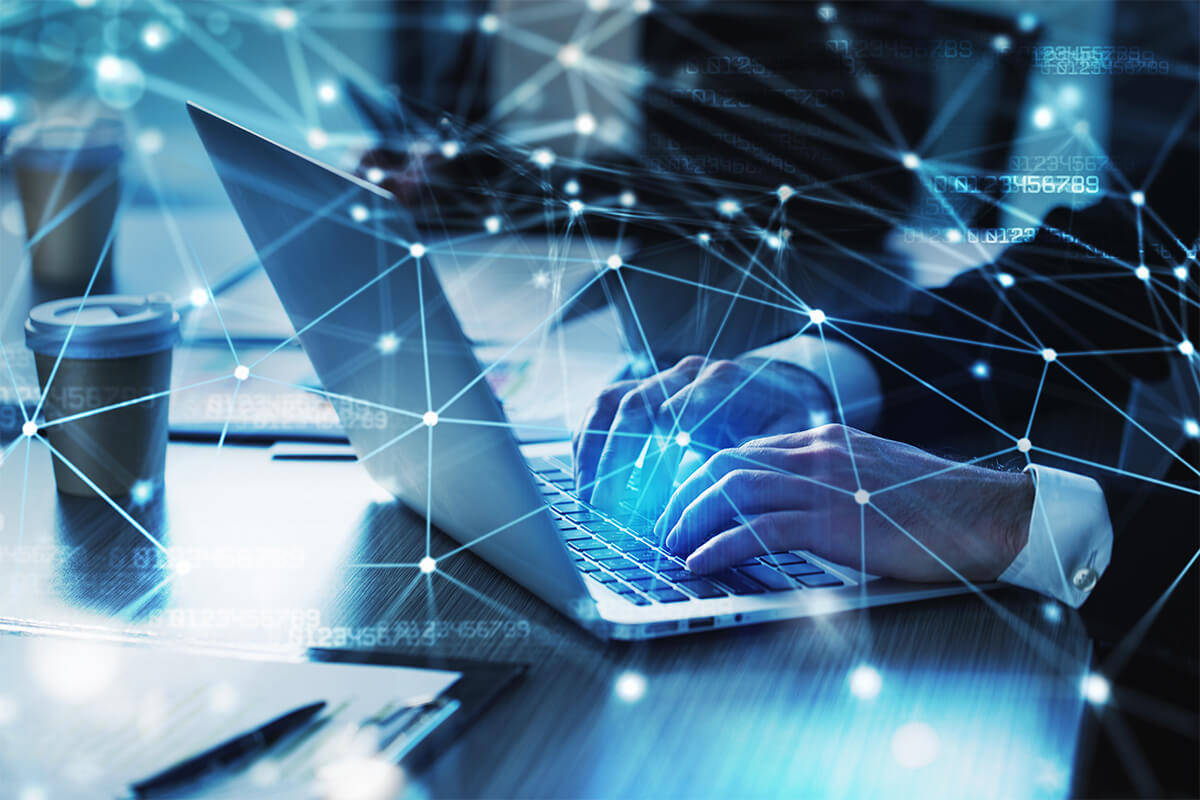
Remote Site Commissioning
Biotech Plant, Maryland – USA
This case study underscores the successful application of remote visualization tools for control panel rewiring and commissioning tasks in a biotech plant project. The approach not only adhered to pandemic restrictions but also demonstrated the efficacy of remote collaboration in achieving project goals, reducing costs, and enhancing project outcomes.


DeltaV Virtualisation
East Coast – USA
The challenge of virtualizing existing and new DeltaV® systems across two buildings was met with a comprehensive strategy that focused on migration, redundancy, and thorough testing. The solution involved meticulous planning, seamless integration, and successful failover tests, resulting in a well-implemented virtualized setup that met the client’s requirements for reliability, efficiency, and operational continuity.

Electronic Batch Records
USA
Horizon Controls Group led two simultaneous electronic batch reporting and process data management projects at two different regional sites for a top biopharmaceutical company. The challenges of optimizing legacy systems, integrating diverse data sources, and ensuring compliance were met with a strategic approach that emphasized standardization, modularization, and seamless integration. The solutions provided streamlined reporting processes, reduced the dependency on specialized expertise, and aligned with GMP guidelines for robust documentation and quality assurance in the biopharmaceutical manufacturing processes.


Alarm Management Systems
Ireland
The project’s successful implementation of the ISA 18.2-based alarm management strategy led to several positive outcomes. The site could run batches with minimal nuisance alarms, resulting in improved operational efficiency. Additionally, clear identification of alarms facilitated the creation of batch report templates for future validation batches. This case study showcases how adherence to recognized industry standards can enhance alarm system performance and overall operational effectiveness.

AVEVA PI Network Security Migration
The execution of the AVEVA PI Network Security Migration project involved meticulous planning, innovative solutions, and effective collaboration in achieving the complex migration goals. The project not only enhanced security but also maintained all system functionality while adhering to the enhanced security requirements.


Specialized Training
The challenge of crafting a specialized training program was met with a strategic approach of thorough engagement and understanding, resulting in a tailor-made solution that aims to empower the client’s team and foster ongoing improvement.

Digital Process Twin
As part of an FDA Research Study, Horizon Controls Group was approached to delve into the intricacies of Production Planning, specifically aiming to bolster the adaptability of manufacturing operations in the face of significant disruptions, such as the Covid-19 pandemic. To grasp the dynamics of this challenge, a pilot project was initiated in collaboration with a manufacturing enterprise, serving as a crucial endeavor to decipher how manufacturers ought to adapt.

Before we relied heavily on manual communication from manufacturing, and our planners spent about 50% of their daily job collecting production data in Excel. The digital twin gives us immediate visibility to the production and capacity information, eliminating manual communication with improved accuracy. Previously our planning involved a lot of opinions and guesswork.
Using this tool, I’ll be able to do a lot of scenario planning, which will have quite an impact on bottlenecks. It will also help me manage R&D products by managing equipment, which we could not do before.
